#renaissance italy
Text
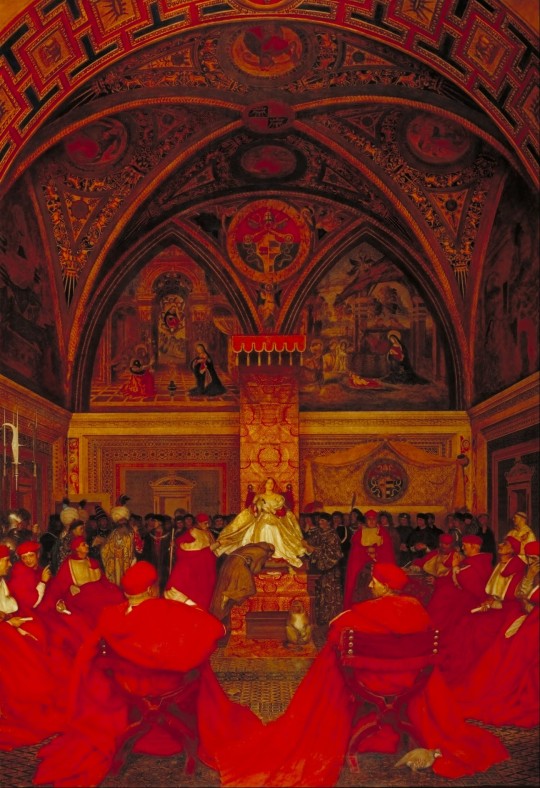
Lucretia Borgia Reigns in the Vatican in the Absence of Pope Alexander VI by Frank Cadogan Cowper circa 1910
#the borgias#lucrezia borgia#new post#art#artwork#1910s#circa 1910#frank cadogan cowper#Lucretia Borgia Reigns in the Vatican in the Absence of Pope Alexander VI#pope alexander vi#rodrigo borgia#cesare borgia#the vatican#red aesthetic#renaissance#renaissance italy#oil on canvas#oil painting#old paintings#painting
293 notes
·
View notes
Photo

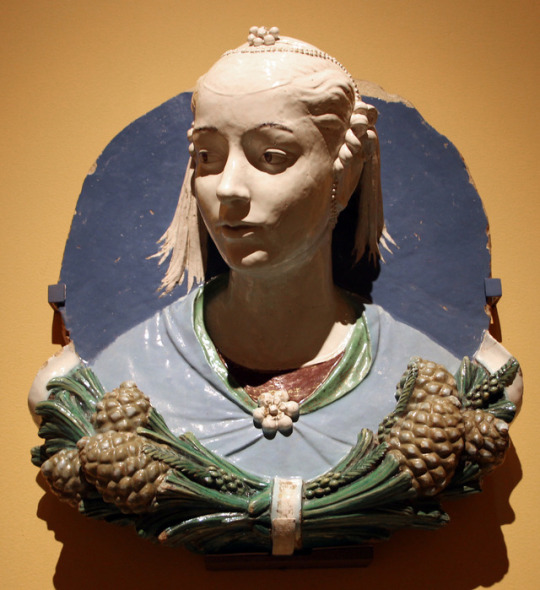
Bust of a young girl, workshop of Andrea della Robbia, 1465-70
#andrea della robbia#mdpsculpture#renaissance#renaissance italy#renaissance sculpture#sculpture#italy#15th century#15th c. sculpture#bust#15th c. italy#1460s
104 notes
·
View notes
Text
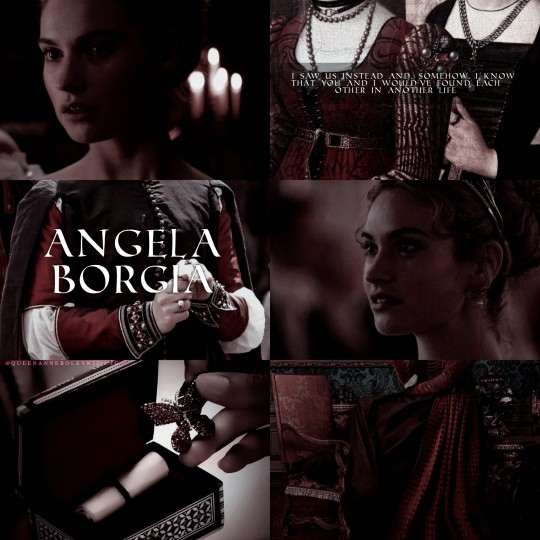
Two or three of her ladies-in-waiting were pretty. One danced well and another, Lucrezia’s cousin Angela Borgia, was charming. Without her knowing, El Prete had picked her as his favorite. Angela’s charm would be the source of great tragedy in Ferrara; even then it must have been one of the reasons for the nightly visits Alfonso’s brothers made to Lucrezia’s palace.
She was the illegitimate daughter of Guillem Ramon de Borja and Sanoguera, son of Otic de Borja y Montcada and his wife Violant Sanoguera. Her mother was Isabel de Montcada. She was also a niece of Cardinal Rodrigo Borgia, later Pope Alexander VI .In her youth she lived in Rome alongside her cousin Lucretia Borgia, whom she accompanied to Ferrara when she married Alfonso I d'Este, Duke of Ferrara
Considered as a woman of great beauty, elegance, romantic, with an exquisitely feminine personality. She was absolutely trustworthy friend, confidant of the innermost secrets, favorite companion and assistant to her favorite cousin Lucretia. She won the praise of men of letters as Diomede Guidalotti who dedicated two sonnets to her, and even Ludovico Ariosto dedicated the last canto of Orlando Furioso to her. Pietro Bembo idealized her as an "angel that can pray for me." On 1 August 1504, in the dedication of his "Gli asolani" to the duchess Lucrezia Borgia refers back to his Angela, indicating that Lucrezia's cousin and maiden is "the dear and gallant Madonna Angela Borgia".
#perioddramaedit#history#angela borgia#angela borja#borgia#cortegiania#lucrezia borgia#the borgias#lily james#donne della storia#donne nella storia#donneitaliane#donne italiane#women of history#renaissance women#italian renaissance#women of renaissance#renaissance italy#renaissance#rinascimento#lilyjamesedit#otoc de borja#cesare borgia#rodrigo borgia#isabel de montcada#giulio d'este#ippolito d'este#ferrara#women in history#pietro bembo
70 notes
·
View notes
Text
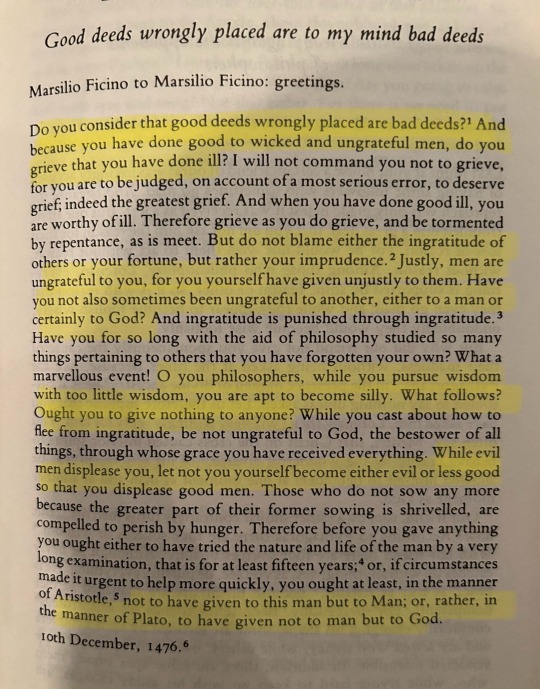
Marsilio writing letters to himself.
I’m not sure the context that this is situated in—maaaybe Pulci related? It’s the right year for the start of that grievance. But maybe it’s something else entirely. The footnotes weren’t helpful so alas, a little in the dark.
It could be Lorenzo related? We see a cooling in their relationship around this time and I know Marsilio felt a little betrayed/hurt that it took Lorenzo two or three years before he shut Pulci down in terms of the more flagrant public insults (always done in verse because this is the Renaissance baybeee). That said, who knows. Pure idle speculation on my side.
But that aside, it’s quite an interesting letter and gives some insight on how Marsilio certainly sought to conduct himself, even if he occasionally fell short of his own ideal and expectations.
13 notes
·
View notes
Text
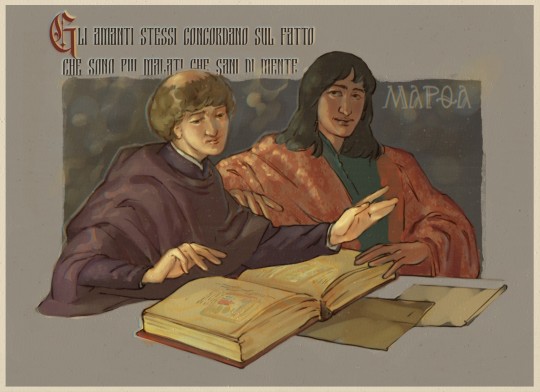
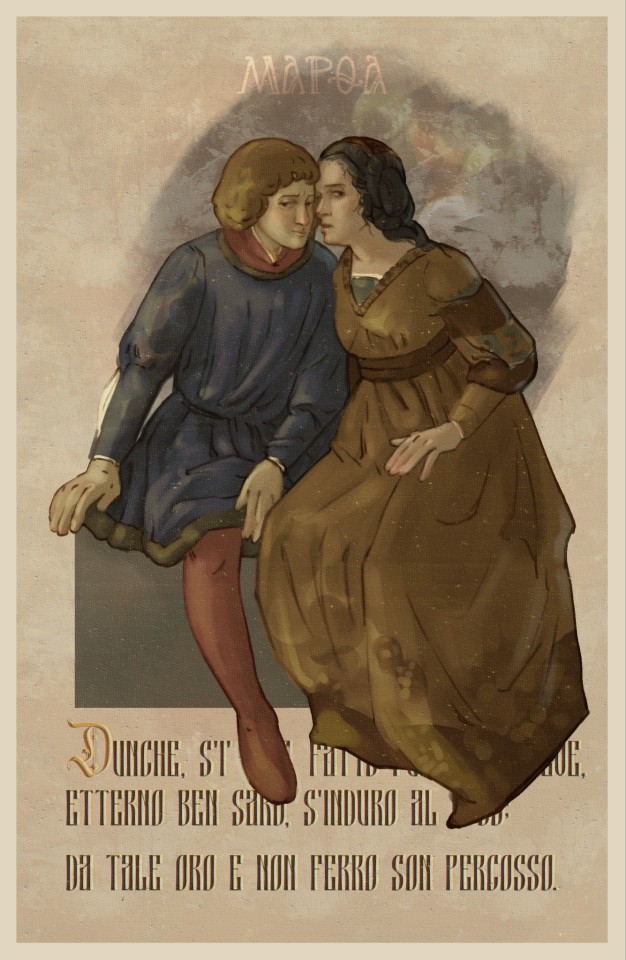
#art#original character#illustration#digital aritst#renaissance#oc#oc art#renaissance italy#1470s#1460s#queer#historical clothing#medieval#artists on tumblr
8 notes
·
View notes
Photo

This had been sitting in my WIP files for almost a year now, so I decided to finish up this part of the composition. These are my OCs from the Daughters of the Sea story I am working on.
[Left to Right]: Sophia, Ginika, Flora, Sabre,
—
[My Ko-Fi] [RedBubble] [Patreon]
#daughter of the sea#sophia#ginika#demigod#mythology inspired#renaissance clothing#renaissance italy#sophia house of caneus#sabre#daughters of the sea#dots
36 notes
·
View notes
Photo

Oggi in figura, domani in sepoltura.
#plague doctor#original character#oc#matelda di rossi#black plague#black death#renaissance italy#historical fiction#my art#digital art
23 notes
·
View notes
Text

Wine Cistern - 1553
Elaborately fashioned platters, vessels, and containers, often with decorative embellishments that indicated their specialized function or their owner’s social status, were displayed on the banquet tables of Renaissance Italy. Cisterns such as this were filled with cold water and used to cool wine bottles at feasts. Skillfully decorated by the Italian ceramic painter Francesco Durantino, this work typifies the Renaissance interest in both Christian imagery and scenes from pagan antiquity. It is covered with depictions of two famous battle scenes, one on land and one at sea. Although the exterior, adapted from frescoes by Raphael’s followers, represents a land battle culminating in the conversion of the Roman emperor Constantine I to Christianity, the cistern’s interior depicts a legendary naval disaster: the sinking of the Trojan hero Aeneas’s ships by the jealous goddess Hera. At the cistern’s center, the ships disappear beneath the waves, a playful conceit that was no doubt even more effective when the cistern was filled with water.
~Art Institute of Chicago
4 notes
·
View notes
Text



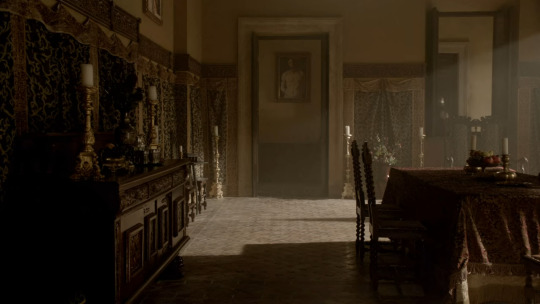
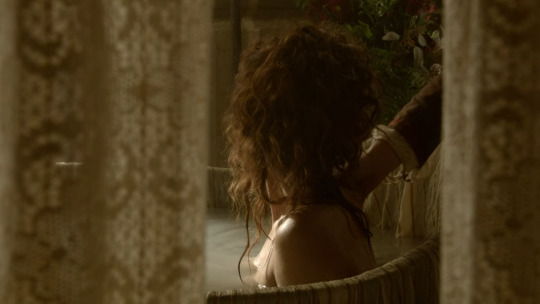

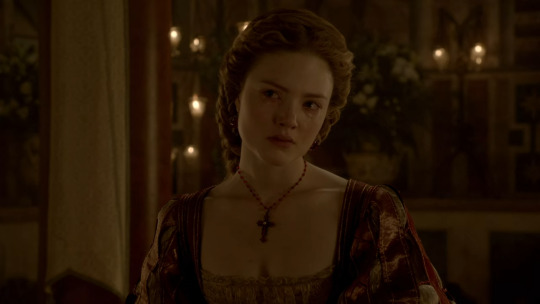
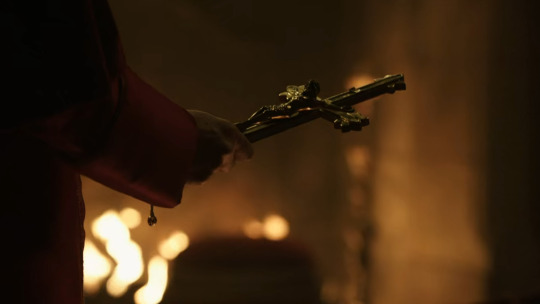
the borgias (2011-2013) dir. neil jordan
#the Borgias#the Borgias show#period drama#screencap#period drama stills#renaissance#Renaissance art#Renaissance italy#neil jordan#film
46 notes
·
View notes
Text
BOOK DEAL:
From now until the end of November, my books Aoh and Carousel will be ON SALE:
Aoh
Paperback price now: $9.07 (this is the lowest price I can go according to KDP)
eBook price: $2.99 (this is the lowest price I can go according to KDP)
Read for FREE with Kindle Unlimited

Carousel
Paperback price now: $4.99
eBook price: $2.99 (this is the lowest price I can go according to KDP)

Thank you to everyone who has been purchasing, reading, reviewing and sharing my books. Writing has always been my passion and my dream job.
I want to continue to pursue my dreams of writing full time, releasing my stories into the world, even though it is very difficult to be seen without having connections. I don't want to give up on my dreams and because of you I am one step closer.
Enjoy these book deals, gift a book or two this holiday season, and treat yourself this upcoming winter. Happy reading!
#book#book deals#self published#writers on tumblr#historical fiction#ancient egypt#fantasy#renaissance italy#fairy tales#book reccs#what should i read#book lover#winter is coming#writer support#writing community#new book post#books i should read#book cover#young adult stories#historical romantic fiction#historical romance#reading list#my books#my book recs#book sale#affordable books#book shopping
2 notes
·
View notes
Text

"Portrait of a Woman, Possibly a Novice of San Secondo" by Jacometto Veneziano, Italian painter of the 15th century.
Jacometto Veneziano was an Italian early Renaissance painter and illuminator, active between 1472 and 1497.
● Digital Download on Etsy
● Visit Pittoresko and see our Collection of Dark Academia Art Prints
◆
ITALIANO: "Ritratto di una novizia" (1490) di Jacometto Veneziano, pittore italiano del primo Rinascimento, attivo tra il 1472 e il 1497.
● Download Digitale su Etsy
● Visita Pittoresko e guarda la Collezione Digitale di Stampe di Dark Academia
#dark academia#dark aesthetic#dark painting#dark art#italian painter#italian art#15th century art#renaissance italy#renaissance style#renaissance fashion#late medieval#italy art#italy aesthetic#rinascimento#pittura italiana antica#jacometto veneziano#arte italiana#digital download#vintage prints
7 notes
·
View notes
Photo
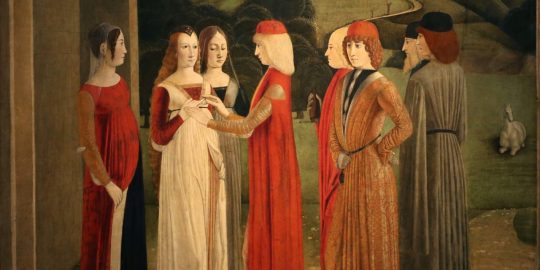
Michele da Verona, The Giving of the Ring, 1495-1500. Berlin: Gemäldegalerie.
#Michele da verona#art#medieval art#renaissance art#artist#history#art history#historical art#fashion#medieval fashion#landscape#middle ages#early renaissance#renaissance italy#italy#italian art#classical art#medieaval
36 notes
·
View notes
Text
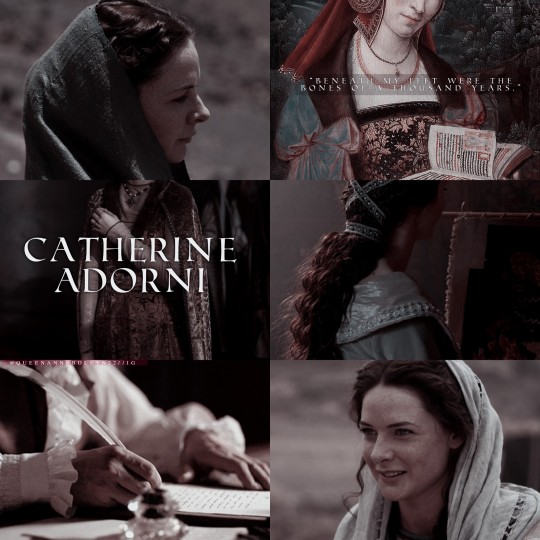
Her humanity cried out with a loud voice and no one paid heed. Those present concurred that no greater suffering was ever witnessed in a body to all appearances healthy. Seeing her immersed in such pain, those who were minis- tering to her and those devoted to her hoped for a speedy death." - Catherine of Genoa: Purgation and Purgatory, the spiritual dialogue
Catherine was born into the distinguished Fieschi family of Genoa, who gave her an excellent education but then forced her into an arranged marriage at the age of sixteen. Her husband, Giuliano Adorno, was by all accounts a dissolute and unscrupulous man. Catherine endured ten years of marital unhappiness until one day in 1473 she experienced a mystical religious conversion. From then on, her life was dedicated to penance and service to the poor. She worked in a hospital ministering to the sick, where she was eventually joined by her reformed husband. She recounted her mystical revelations in two theological texts, The Spiritual Dialogue and Treatise on Purgatory, which were published posthumously. Catherine was canonized in the eighteenth century.
#italian renaissance#women of renaissance#renaissance italy#renaissance women#renaissance#rinascimento#donne della storia#donne nella storia#donneitaliane#donne italiane#women in history#women of history#catherine adorni#catherine adorno#catherine of genoa#rebecca ferguson#perioddramaedit#history#historyedit#history edit#15th century#italian history#italiansedit#giuliano adorno#women writers#rfergusonedit#aesthetic#perioddramacentral#weloveperioddrama#perioddramasource
32 notes
·
View notes
Link
Chapters: 1/?
Fandom: 15th Century CE RPF, platonic academy of florence
Rating: Mature
Warnings: Creator Chose Not To Use Archive Warnings
Relationships: Marsilio Ficino/Giovanni Cavalcanti
Characters: Marsilio Ficino, Giovanni Cavalcanti, various regulars of their social circle are mentioned, such as - Lorenzo de' Medici, Giuliano de' Medici, Angelo "Poliziano" Ambrogini, and so on
Additional Tags: Pazzi Conspiracy, overwrought catholic gays living in dangerous times, flag that this takes place both in 1478 and in the early 1460s, this is 15th century florence therefore, the approach to m/m relationships is more or less period appropriate, which is to say Giovanni is about 17 and Marsilio 28 when they meet, Marsilio just wants to unify platonic philosophy with catholic theology
Summary:
It is 1478 and the Pazzi Conspiracy occurred not four weeks ago, Giovanni is made of nerves and has many feelings about Marsilio who may, or may not, have known about the assassination ahead of time. Also, he has many feelings about the nature of Desire and Touch and Love and wants to know why Marsilio hasn't figured out a solution to their relationship dilemma yet.
In 1461/62 Giovanni is meeting Marsilio for the first time and thinks this small, strange man might be worth knowing even if he is utterly odd and disappears for long periods of time in his room while telling everyone that he is utterly fine.
Essentially, this is more or less a bit of a long winded meditation on a relationship.
----
FINALLY ready to start posting this mother fucker. It is about 36,000 words long and probably longer winded than it needs to be. Whatever. Enjoy it! The men are dumb about each other!
It’s hard, isn’t it? To want what cannot be taken. Well, it can be taken but it cannot be touched. Well, it can be touched but it cannot be touched.
It is also hard to love what can die, but that is the condition of being human.
Giovanni watches Marsilio’s bowed head, the curve of his shoulders as he bends over his work, the slight hunch to his back. Sometimes, he stands as he composes; placing a hand on the desk made of apple-wood to support him as he scrawls notes in that tight, careful script. His handwriting is classical—Marsilio diverges. The modern gothic is not deemed clean enough and therefore he has chosen the humanist script of the ancients. Old fashioned it may be, but it provides speed and accuracy when writing.
This is the matter with Love: the temptations. They sometimes partake of one another—he and Marsilio, Marsilio and him. Sinful, to some, to many. Marsilio himself has managed to slice out their particular form of love from the categories of sin in his own mind and Giovanni manages to do the same from time to time. But Giovanni is Augustinian in his soul, it makes matters difficult. Marsilio is pure Plato, naturally. With a side of Aristotle and Aquinas.
But Love should be about helping the soul reach Truth and God, and if it is not serving that purpose has it any right to all itself truly Love? Or is it a false, baneful Love of base misery? If they touch in a sacred fashion (hold hands as they pray, kiss cheeks not mouths open not warm skin not secret spots of pleasure, touch with eyes that is to say look upon one another with reverence not filthy lust), then they are supporting their souls ascension to Divinity. If they touch in an unsacred fashion, well, they had best not do that, hadn’t they?
A muddle, Giovanni terms it. A sixteen-year long complex muddle that will become a seventeen-year long complex muddle then eighteen, nineteen, twenty onward unto death.
But the issue, right now, isn’t Love. Or, it is, but it isn’t their Love that is the centre problem.
Marsilio is speaking aloud about Timaeus and the creation of the world-soul. Giovanni hums along in vague agreement but can’t concentrate.
How can Marsilio think about such things in the midst of all that is happening around them?
Death, the threat of war, assassination, torture, butchery, plague, stormy spring weather— Giovanni could make note of the problems of the world, it would be many pages. It would take days to complete.
But truly, how can Marsilio think of Timaeus when four weeks ago Giuliano de’ Medici was assassinated. When four weeks ago men—men who were friends and companions and patrons of Marsilio!—took their knives, their pride, their anger, their ambition, and did things that could not be undone.
Giovanni, darling, Marsilio would think about Plato no matter what is happening. The entire world could be exploding and he’d be like, “You know what, this makes me think of Plato.”
You’re in love with a man with an intense long-term hyperfixation.
#giovanni cavalcanti#marsilio ficino#the feast day of san giovanni#marsilio blogging#writing#15th century florence#renaissance florence#renaissance italy
8 notes
·
View notes
Text

Strong Women in Renaissance Italy is at the Museum of Fine Arts, Boston through January 7.
An exhibit book is also available.
#museum of fine arts boston#women artists#renaissance italy#Sofonisba Anguissola#women in history#Gracia Nasi#Isabella d’Este
4 notes
·
View notes
Text
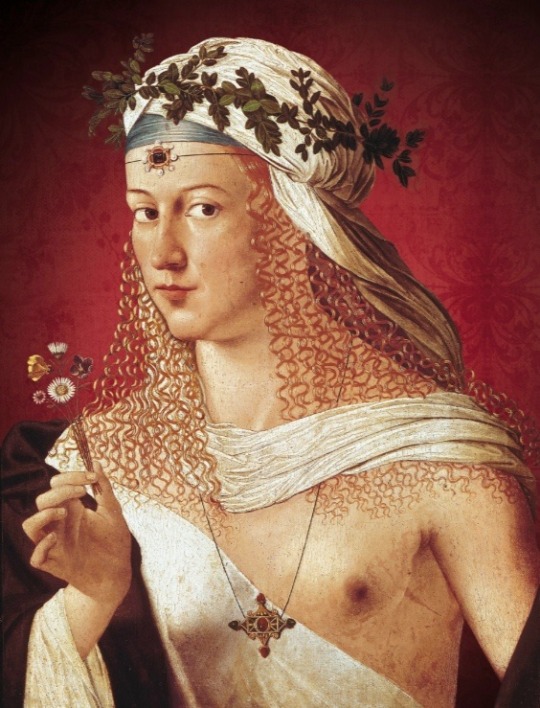
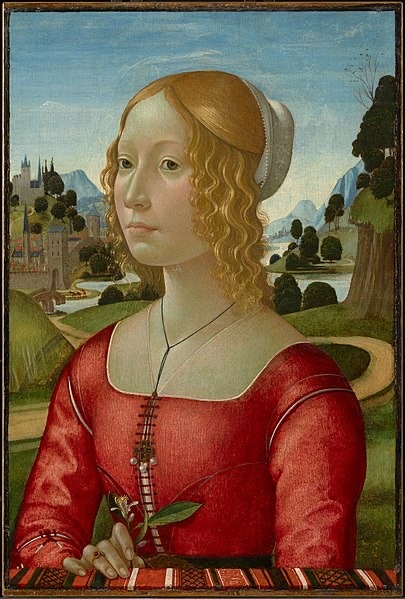
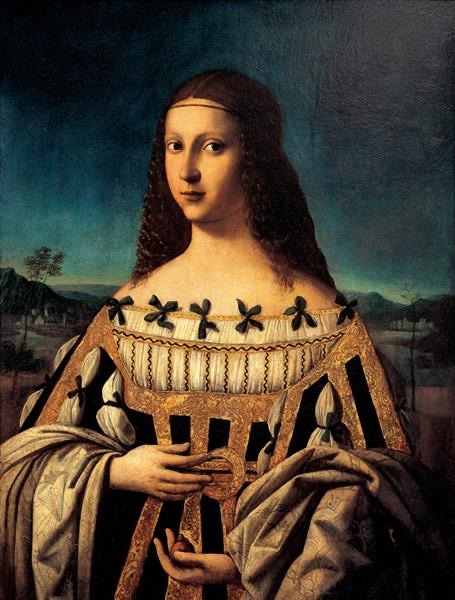



Beautiful women in Renaissance Italy
1-6: Lucrezia Borgia - Ippolita Sforza - Beatrice d’Este - Isabella d’Este - Eleanor de Toledo - Caterina Sforza
#renaissance#renaissance italy#italian renaissance#caterina sforza#lucrezia borgia#european history#italian history#historical portrait#historical fashion
27 notes
·
View notes